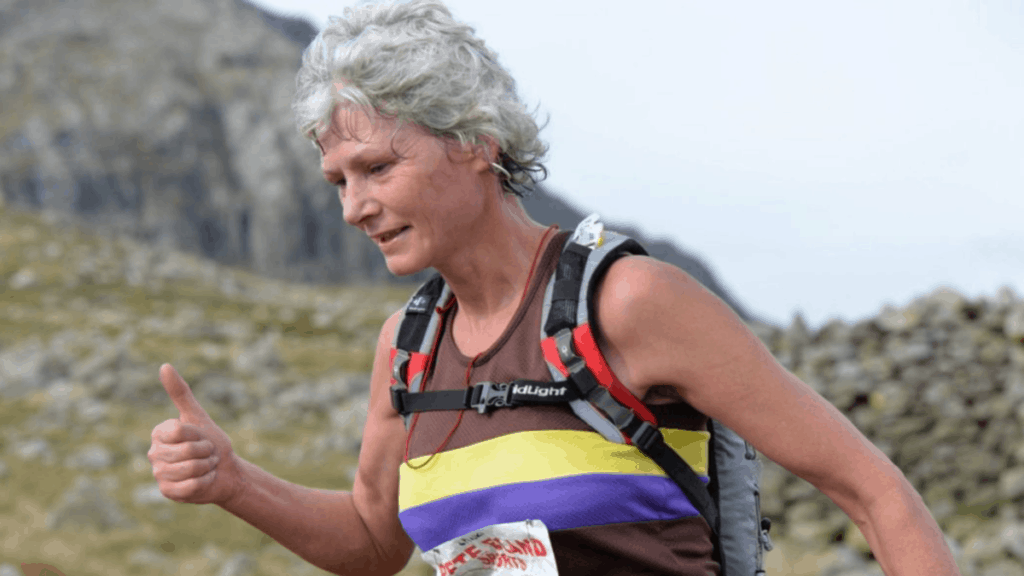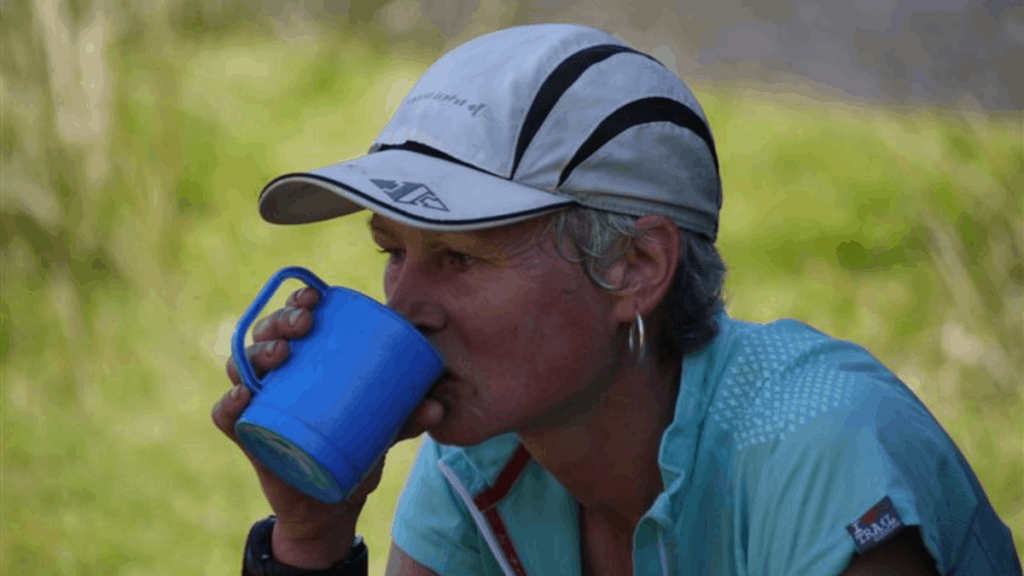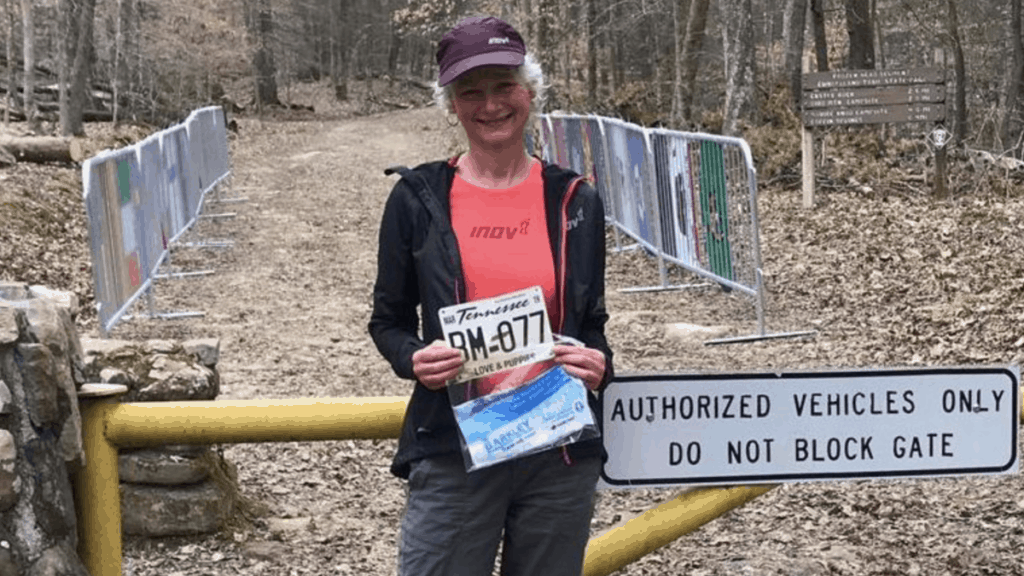
Many Trail Runners have a rough idea of what their potential might be. However, often we are tempted to chase it in a single season.
I’ve done that myself and have had to live with the setbacks of illness and injury time and time again. It took me a long time to learn the error of my ways.
Potential Is A Very Scary Idea
You need to start asking yourself the important questions of what are you truly capable of at this stage of your trail running development.
What I tend to struggle with is the delicate balance between my current potential and the delusion of what I ought to be able to do.
There has been more than one occasion where I bit off more than I could chew and took on a project that was longer or harder than what my current potential could handle.
At the same time, this exuberance has resulted in some epic adventures that have created great memories.
Potential Takes Time
You build on what you’ve done before. In other words, I think of my trail running almost like a pyramid. I remember years ago I made a YouTube video about how I’m running is a pyramid scheme.
The simple premise is that my improving ability is built on the foundation layers that I have done before.
In other words, you will do your first 10k after you have done a number of 5k runs. Likewise, it is a good idea to first build experience at the 10k distance before taking on a half marathon.
This prudent approach is the best way to build up towards longer and longer distances. Your running pyramid should ideally have a wide base, building to a narrow capstone.
If your approach is the opposite and you take on two 10k runs after a single 5k, then continue by stacking 4 half marathons, 8 full marathons before plowing into the world of ultras, your pyramid will be upside down and very unstable. Your most likely outcome will be injury.
I remember way back when I was a rock climbing coach, there was one junior who asked for a simple idea for how to get from total beginner to climbing his first 5.11-grade route. My response was that the easiest way to get to be able to climb his first 5.11 was to climb 100 different routes.
The difficulty grade of the routes was irrelevant as long as they were all easier than 5.11. In order to be able to get to his goal, he needed to build a certain skill set of climbing movements and mental fortitude.
Sure enough, the strategy worked. The same type of strategy is what will help us to be able to run further on the trails.
The Off-Season Is About Rest And Self-Acceptance
Use your off-season to take some time for self-reflection. I’m talking long-term self-reflection as far as how you’ve progressed in your trail running and what is the trajectory you are heading in.
Besides reflecting on how you have progressed in your trail running, use this internal processing to reflect on the bigger picture. Thanks to your trail running, where you are as a person and how much have you grown.

This is important because life circumstances dictate the amount of time that will have available for training in the months and years to come.
Years ago I was in a dark space personally and I changed the focus of the trail runs that I did in the mornings. Just outside our village was a river and a little over 4 miles away was the top of a steep hill. Early every morning I would pick up a smooth river stone and run up the hill, creating a pile of smooth stones at the top of the hill over time.
The purpose of life is finding the largest burden that you can bear and bearing it.
12 Rules For Life – Jordan B. Petersen
Believe In The Long Game
I remember it Gary Vaynerchuk making the statement that the scoreboard at the end of the first quarter means absolutely nothing. It’s the scoreboard at the end of the game that counts.
Don’t judge the end of the first quarter.
GaryVee
Being fixated and overextending yourself in the first quarter is no guarantee that you will be winning when the final whistle blows.

The same counts for trail running as well try and do too much too soon and you’ll end up getting injured. That was something that I needed to learn the hard way.
Sure, do what you need to do to get out of the door and onto your run absolutely on a day-to-day basis. But don’t lose sight of the long game and what you wanted to achieve over the long term.
When I build my training program I build it in mini-blocks of four weeks each. The first three weeks will be building in volume and intensity and the fourth week will be low-intensity recovery. Five of these mini blocks of 4 weeks each make up a single training cycle.
When it comes to your trail running “zoom-out” for your overall training goals so that you get perspective on how you are developing as a runner. But “zoom-in” for a specific run so you can stay focused on the specific work out at hand.
The Magic Happens Over The Long-Term
There is a reason why we get told to start a hundred-mile ultra at a pace way slower than we think is necessary. Those with experience know that it is the only way that we will still be moving at the finish line.
I start early and I stay late, day after day, year after year, it took me 17 years and 114 days to become an overnight success.
Lionel Messi
What’s more, I’ve often looked at setbacks as being what the name implies a setback without realizing that I’ve missed out on so many opportunities to recalibrate and refocus my season going forward.
Carry Running Lessons Into Life
In the same way that reaching your full potential in trail running takes years to build, layering previous experience and previous achievements on each other, precisely the same applies to all areas of your life.
You build on experience and you build on talent.
Hard work beats talent when talent doesn’t work hard.
Tim Notke, basketball coach
To get to where you are now required you to stand on the shoulders of what you have done before. At the same time, what you do today will be the foundation for what you achieve over the years to come.
